September flowers, care, agricultural technology, varieties, propagation, control of plant diseases and pests
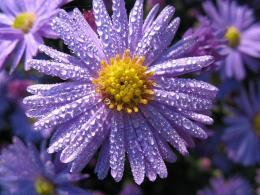
When the summer season ends and autumn comes, you still want to see bright flowers in the garden, brightening up the gloomy days.
For this, gardeners use September flowers, caring for which does not require special skills or high costs. A variety of shades will allow you to decorate any yard and create a special landscape.
Content:
- Aster virginiana, or what flowers are called September flowers, description of the plant
- Varieties, September tall and low growing
- Landing
- September flowers, care
- Organization of wintering
- Plant diseases
- How does it reproduce
- What difficulties arise during the growing process?
- September in landscape design
Aster virginiana, or what flowers are called September flowers, description of the plant
Septembers also called Virginian Astra. The homeland of this perennial plant is North America. The name comes from the fact that these plants bloom profusely from the first days of September until frost.
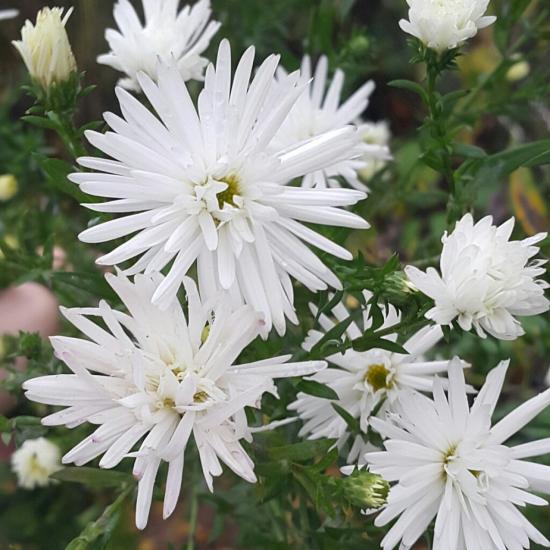
Characteristics and features:
- The bush is small in height, growth ranges from 40 to 110 centimeters, depending on the type and variety.
- The plant is perennial and frost-resistant, able to withstand temperatures down to -5 degrees.
- The bushes have a lush crown.
- Inflorescences of various shades: white, pink, blue, lilac and purple. In Russia, purple flowers are more common.
Used as border decorative flowers.
The appearance allows you to keep the flower bed in good condition until late autumn. The plant blooms profusely until the first snow falls. The main thing is to water, prune and care for the perennial on time, according to the requirements.
Even more information about September flowers and caring for them is in the video:
Varieties, September tall and low growing
Breeders have bred two types of Virginia aster:
- short;
- tall.
The following varieties are considered popular.
| White Lady | This is a tall species, as it reaches a height of more than a meter. The flowers resemble a large chamomile, as they have white petals and a yellow center. |
| Amethyst | The height of the bush is no more than a meter. The flowers have a dark purple color and a semi-double surface. The leaves are light yellow. Amethyst blooms for a little over a month. |
| Dick Ballard | Also refers to the tall species. Height – 1 meter. The flowers are neatly arranged in several rows and have an attractive pink color. |
| Sunset | With proper care, the height of the bush can reach 120 centimeters. The inflorescences are densely arranged and have a bright crimson hue. |
| Elina | Belongs to a low-growing variety, the height does not exceed 80 cm. The flowers are large, bright pink in color. |
| Cassie | The inflorescences are white, no more than 3 centimeters in diameter, the height of the bush is up to 85 cm. |
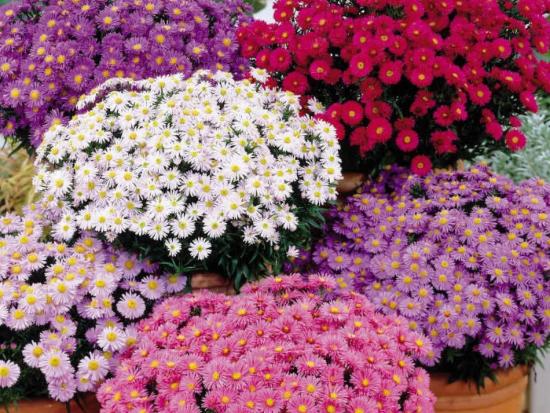
Which variety is better is up to the owner to choose; it all depends on the landscape and personal preferences.
Landing
After the shoots or seedlings take root, they are transplanted into open soil. For planting, select a bright area on a hill, protected from strong winds and drafts.
September plants grow on any type of soil except loamy soil. It is important to prepare the soil initially.
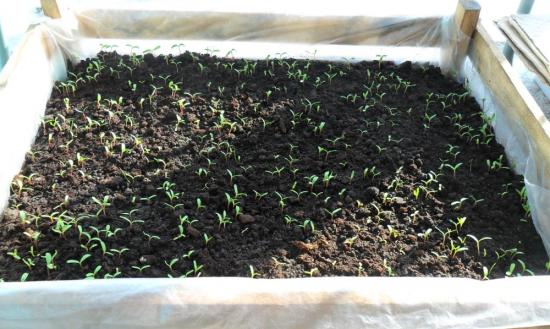
Necessary:
- 14 days before planting, dig up the soil;
- fertilize with mineral and organic substances;
- dig holes in accordance with the size of the roots of the shoots;
- the holes are filled with water and bushes are planted;
- the soil around the seedlings is slightly compacted.
It is important that the distance between the holes is at least half a meter; if you plant plants along the path, the gap can be reduced to 20 cm.
Since September trees have large roots, this distance will allow each bush to receive sufficient moisture and develop.
September flowers, care
Agricultural technology and care includes the following steps.
Watering
After planting, the first two weeks the flowers need abundant and regular watering. The soil near the bush needs to be fluffed up, loosened, fed and weeded out.
In the future, when the root becomes stronger, you need to water it as needed. You can’t over-fill September trees with water, otherwise it will cause disease and lead to death.
During hot periods, experts recommend watering once every 14 days. To do this, it is better to use warm and settled water.
Top dressing
It is necessary to fertilize the soil a couple of times during the season. Minerals are used as fertilizer.
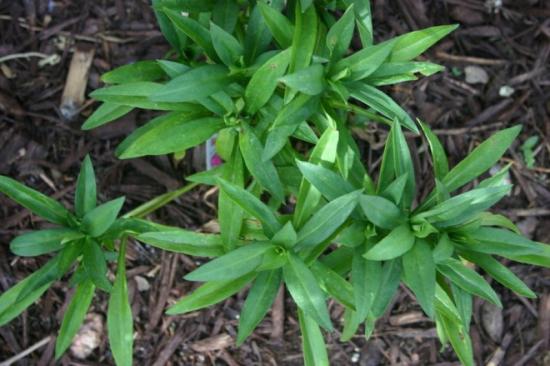
In the spring, the soil is fertilized with nitrogen, and in the summer with potassium.
During abundant flowering, phosphorus compounds can be added to the soil.
Trimming
This procedure is carried out to increase inflorescences. If dry leaves and wilted buds are found, they need to be cut off from the bush. Timely pruning allows you to create a well-groomed and attractive shape for the plant.
Transfer
After a few years, the aster’s root system sucks out all the beneficial substances from the soil.Lush bushes will not be able to continue to develop, and this will affect flowering.
It is advisable to replant September plants into new soil every spring; if this procedure is performed in the fall, there is a risk that the plant will die after winter.
Compliance with these requirements will allow the owner to enjoy the flowers for a long time.
Organization of wintering
Before wintering, the stem must be cut to the ground, fallen leaves must be collected with a rake and burned along with the cut stem.
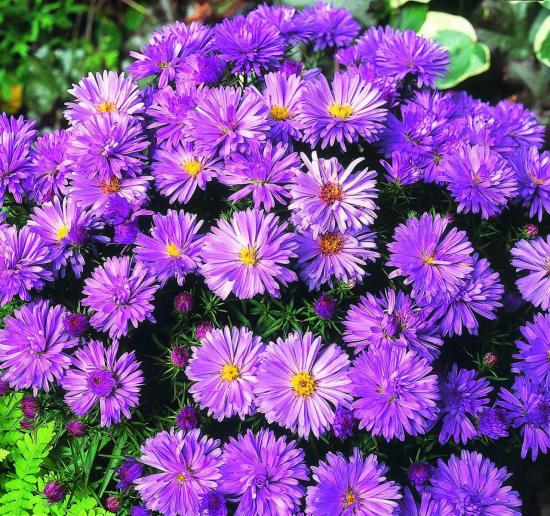
Now wood ash is poured into the soil in the following proportion: 100 grams of ash per 1 square meter. This will saturate the soil with potassium and reduce its acidity.
Young shoots can be covered with peat and sprinkled with spruce branches or leaves until the first frosts appear. Adult September flies do not need additional shelter.
Plant diseases
Virginia Aster is usually resistant to disease, and often does not succumb to attacks by insects and pests. In rare cases this is possible.
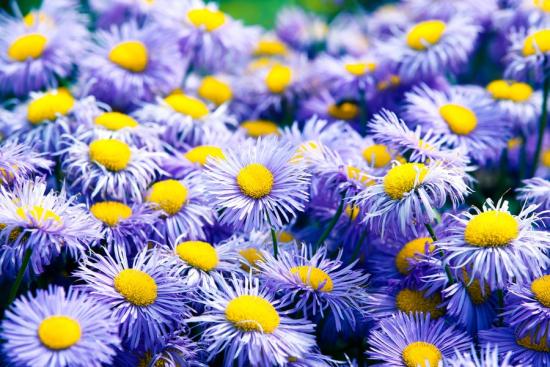
The most dangerous disease is powdery mildew. If timely assistance is not provided, the plant may die. The infection is transmitted by air; fungal spores very quickly settle on neighboring bushes, affecting the entire flower garden.
Infection most often occurs due to dirty water or infected equipment.
Symptoms of the disease are the presence of moldy and white plaque; from the outside it seems that the flower and leaves are covered in dust. As a treatment, a fungicide solution containing copper is used.
For prevention, it is recommended to treat September leaves with copper sulfate or Bordeaux mixture from time to time.
There is also a threat of the following diseases:
- rust;
- fusarium;
- blackleg.
These infections can only be eliminated using chemicals.
If we talk about pests, then the dangerous ones for September are:
- aphid;
- spider mite;
- meadow bug
If you follow the care recommendations, such problems should not arise.
How does it reproduce
Plants reproduce in several ways.
Propagation by seeds
This type of propagation is the simplest, but the only drawback is that the seeds must be freshly collected or purchased in a specialized store.
Seeds are planted in a planting container in early May. The container must be covered with glass or film and placed in a warm place or greenhouse. The first shoots will begin to hatch in seven to fourteen days.
During the germination period, seeds should be watered, but not flooded. Gradually accustom the seedling to fresh air by slightly opening the film or glass for a short period of time. When three leaves appear on the stems, the seedlings should be transplanted into separate containers. 14 days after picking, the seedlings are planted in open ground.
Vegetative propagation
It is carried out every four years by dividing the bush. If this manipulation is not performed, the September trees will stop blooming and the bushes will become dense and dense. The procedure should be carried out in March, since it is during this period that the plants send out young shoots.
It is better to use strong shoots with three or four lateral branches; there is no need to use the central part.
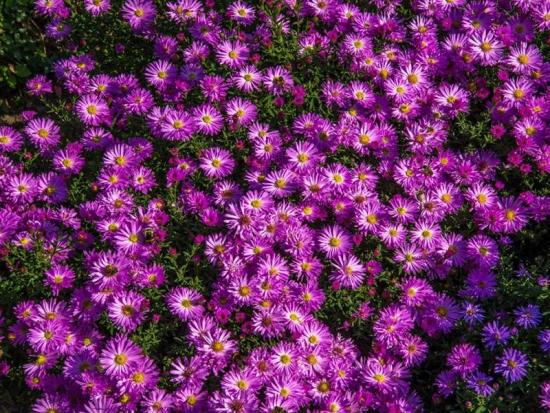
After planting the division, the soil is watered abundantly and fertilized with liquid fertilizer. This will strengthen the root system and promote active growth.
Cuttings
This type of reproduction is carried out very rarely, as it is necessary to have certain skills.This method does not always lead to a positive result.
At the beginning of summer, the top of the flower is cut off with garden shears; the cutting must be at least 10 cm high. Then the shoot is either germinated in a container with a solution of a special powder, such as Kornevin. Or they are moistened with water and powdered with root, after which the cutting is planted in the ground and covered with a plastic bottle for a month.
The bottle is not removed during watering. After 30 days, so that the plant gets used to the new humidity, the edges of the bottle are raised, and after a few days it is completely removed. New shoots are transplanted into new soil the following spring. Inflorescences will appear in the second year.
Reproduction by layering
It is recommended to carry out the procedure in spring or summer, but not in dry and hot weather. It is necessary to carefully separate part of the plant and root from the bush using a knife, and replant it in open ground. In order for the cuttings to take root, the buds and the top of the stem must be cut off.
The gardener selects a propagation option that is convenient for himself, the main thing is to act in accordance with the instructions.
Let's watch a video about the breeding of September birds:
What difficulties arise during the growing process?
Even unpretentious plants can cause difficulties, September flowers are no exception.
Gardeners noticed that the seeds did not germinate well. Even if you follow agrotechnical recommendations, the probability of germination is minimal.
These flowers cannot be planted after nightshade, tulips, carnations, gladioli and gillyflowers. Difficulties with diseases and fungal infections may occur.
Without nutrients and mineral fertilizers, September flowers bloom small and the color becomes pale.
Otherwise the flower does not cause problems.
September in landscape design
When planting perennial plants, it is worth considering that they bloom late. Therefore, it is better to plant them in the background. At the beginning of summer, annual flowers will bloom, after which the garden will be filled with the beauty of September.
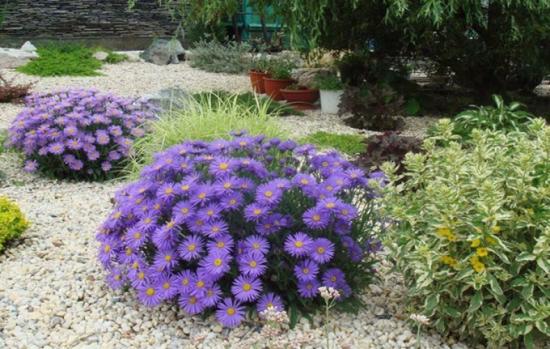
Tall varieties are used for single plantings; tall bushes can hide problem areas and unsightly buildings.
Flowers are also planted near the borders, in combination with chrysanthemums. This play of colors will add zest and beauty to your site.
So, September flowers are beautiful perennial plants that, if you follow the rules of planting and care, will delight you with their beauty for many years.

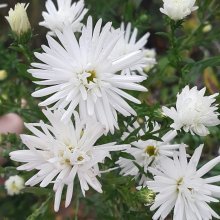
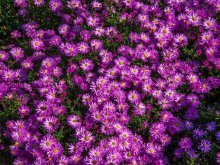
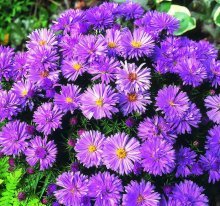

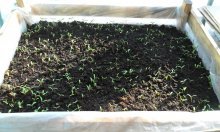
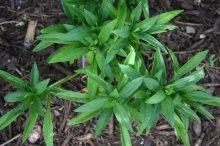


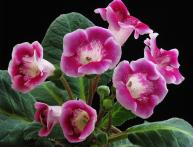
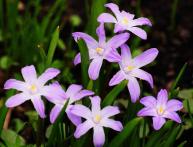
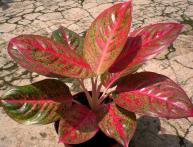


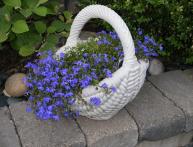

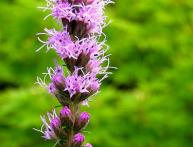
Comments
We have been growing September flowers on our site for several years now and we can say that they are quite unpretentious flowers that bloom until frost. I cut them, but not in the fall, but in the early spring. After this, September trees bloom well.